How to open a Q100?
- Thread starter Marctwo
- Start date
From d8veh's photograph and comments posted on endless sphere
Endless-sphere.com • View topic - CUTE geared hub motors from bmsbattery/ecitypower
Endless-sphere.com • View topic - CUTE geared hub motors from bmsbattery/ecitypower
D
Deleted member 4366
Guest
My patent method now is remove one screw and replace it with a longer one, and then tap it round anticlockwise using a blunt screwdriver on the bottom of the screw as close to the countersink as possible. It takes a good few taps to get it going, but after about an inch of turn, you can unscrew the rest by hand.
The three screws hold the clutch to the side-plate, so you don't need to remove the other two screws unless you want to service the clutch.
The three screws hold the clutch to the side-plate, so you don't need to remove the other two screws unless you want to service the clutch.
It's funny you've made this thread as I've just made myself a tool for this very purpose!Brilliant! Thanks.
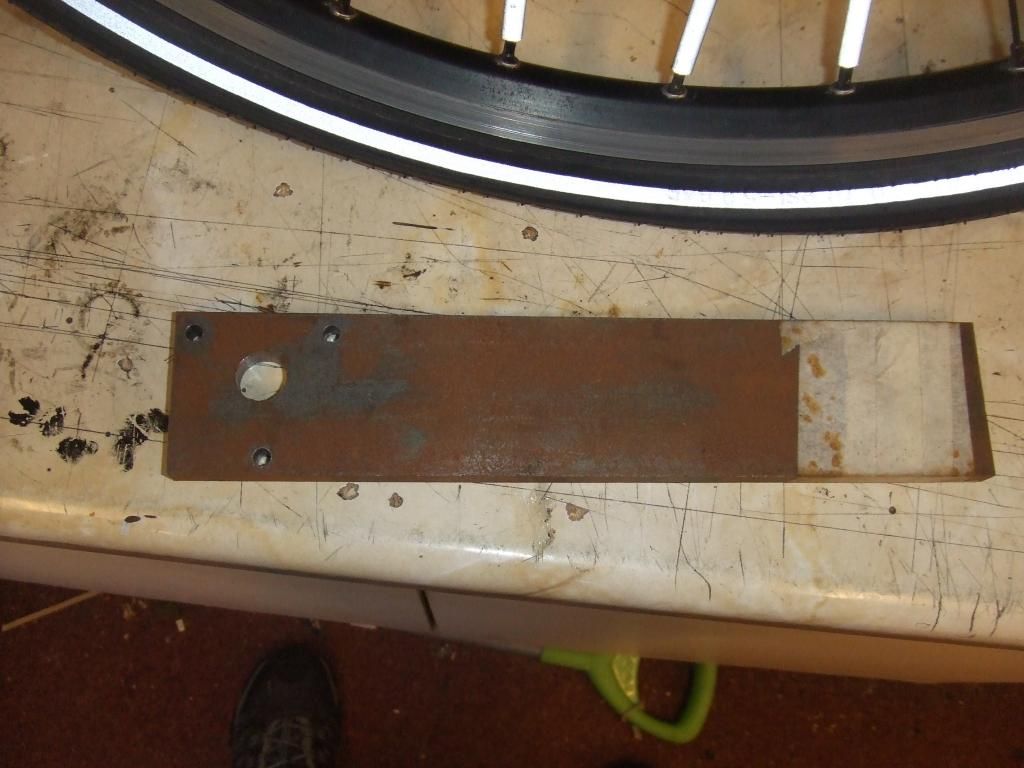
My cover seemed rather tight so drill 1/2" steel stock. On of the holes is slighty off but I'm not drilling it again!
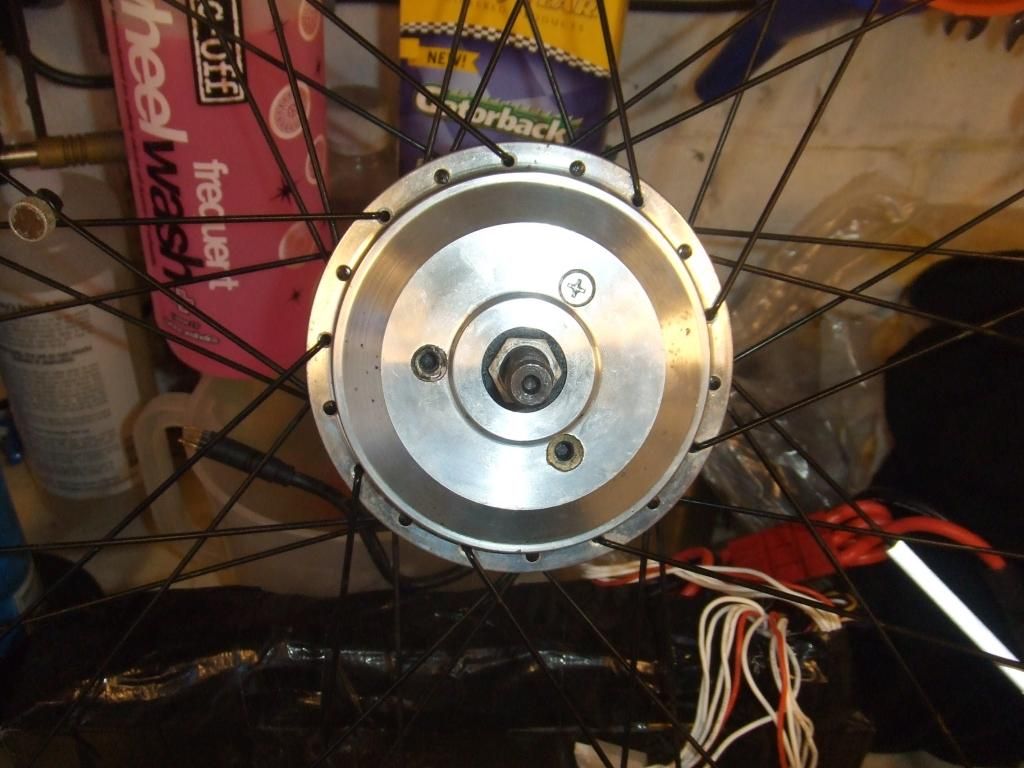
Remove two screws. I like to remove the centre lock nut as well.
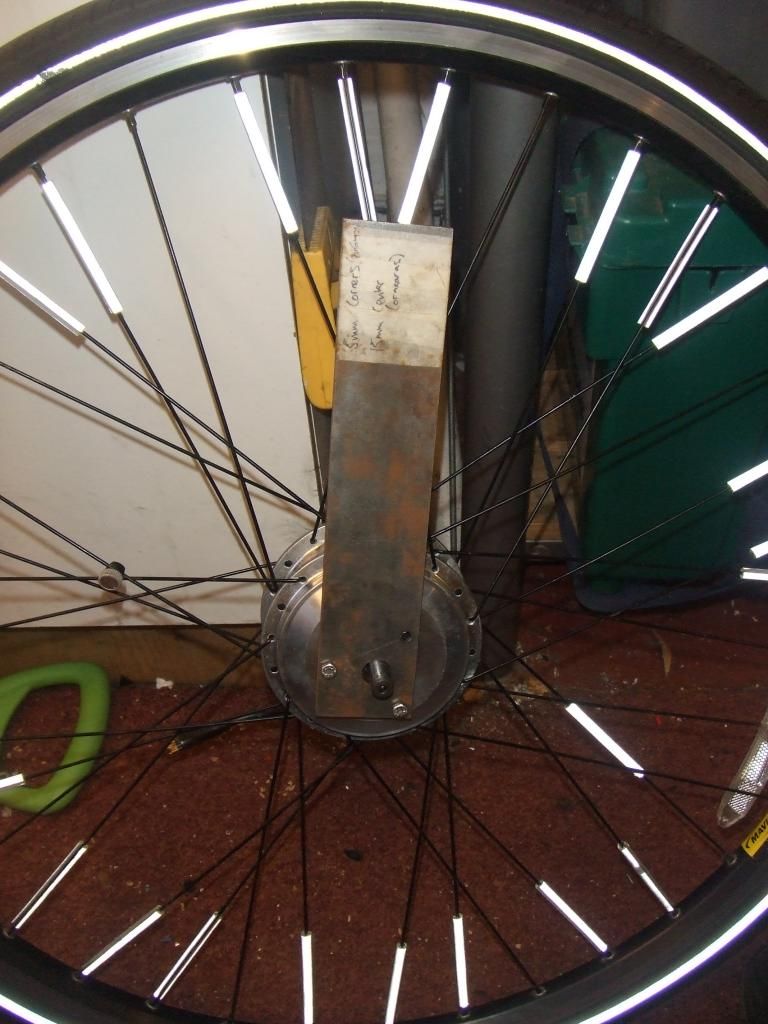
Insert two longer screws through the tool and into the side cover.
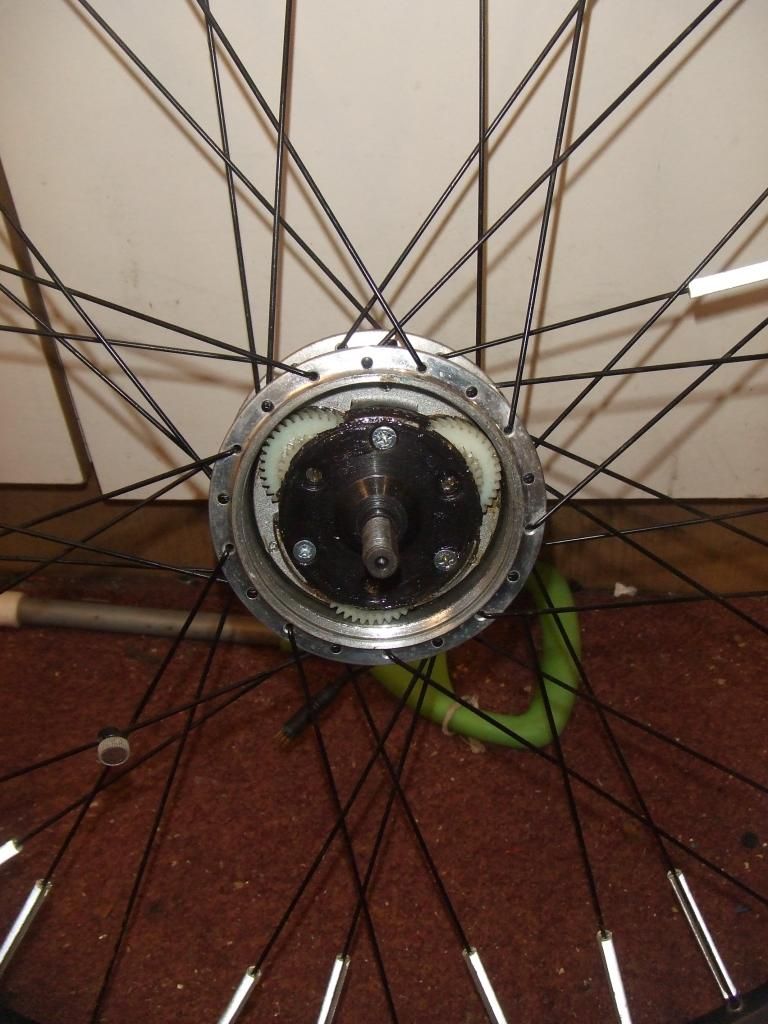
A light tap with a hammer and hey presto! Cover can unscrew by hand once it's budged a quarter of a turn. I like to use copper grease on the threads when refitting.
Now, are you wondering I needed to take this motor apart?
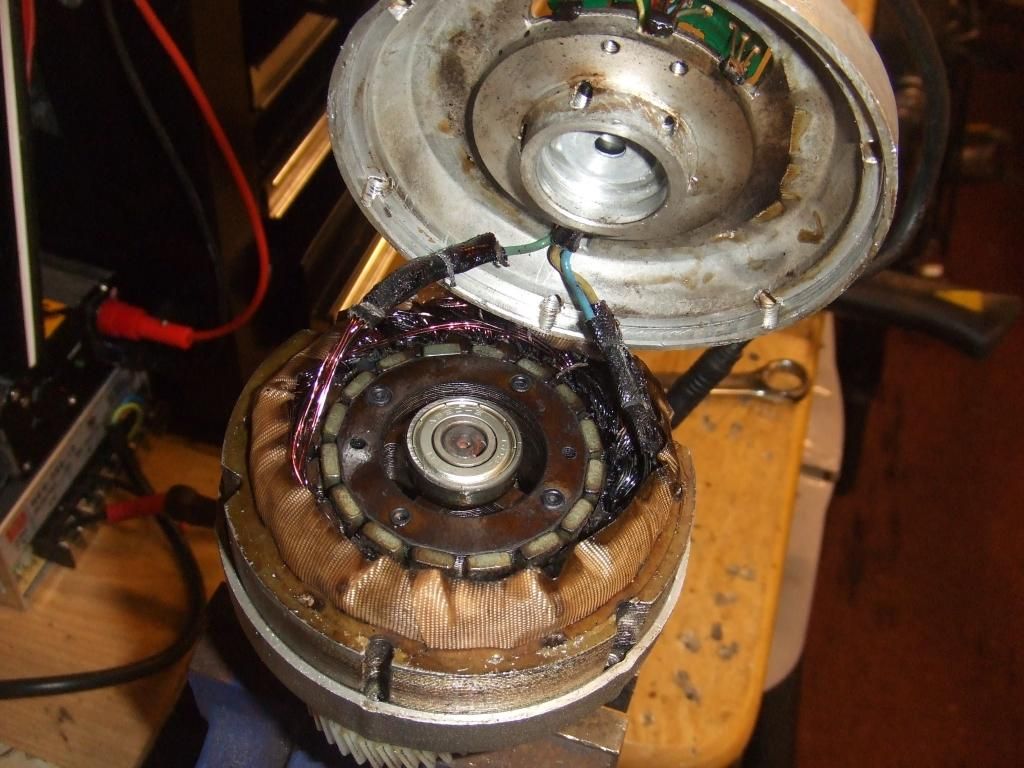
Hmm, I might have to drop the wattage on the next motor. Although I not sure it's failure was entirely caused by wattage. It happened a day after I took a "short cut" across some seemingly looking smooth grass, only to find it was like the surface of the moon! Motor didn't seem right immediately after - the no load speed increased from 35mph to 44 mph and it seemed to lack "guts".

Hmm, I might have to drop the wattage on the next motor. Although I not sure it's failure was entirely caused by wattage. It happened a day after I took a "short cut" across some seemingly looking smooth grass, only to find it was like the surface of the moon! Motor didn't seem right immediately after - the no load speed increased from 35mph to 44 mph and it seemed to lack "guts".
D
Deleted member 4366
Guest
I've got a feeling that the hall sensors are responsible for a lot of problems on theses motors - especially the 328rpm version. I guess that the position of the sensors is set on a pre-assembly jig. Thereafter, only the stiffness of the legs keeps them in position. I'm wondering if it's possible that the legs distort if you let the motor get a bit warm, which could upset the timing. That would explain why you got a speed increase and less power, and why my two will no longer start after I went up a very long steep hill at full throttle.Although I not sure it's failure was entirely caused by wattage. It happened a day after I took a "short cut" across some seemingly looking smooth grass, only to find it was like the surface of the moon! Motor didn't seem right immediately after - the no load speed increased from 35mph to 44 mph and it seemed to lack "guts".
Or a hall sensor it self just behaving badly ?I'm wondering if it's possible that the legs distort if you let the motor get a bit warm, which could upset the timing
D
Deleted member 4366
Guest
I checked my hall sensors, and they were behaving correctly, but there was something about them that the controller didn't like. Without the assembly jig, I can't see it being possible to replace them.Or a hall sensor it self just behaving badly ?
Same here - Halls all tested ok.I checked my hall sensors, and they were behaving correctly, but there was something about them that the controller didn't like. Without the assembly jig, I can't see it being possible to replace them.
Ran on a sensorless controller but rugh - but I thin the Cutes are like that sensorless anyway.
No big deal - already had a spare so simple 20 min job to swap the innards.
Still debating building a BPM into a front wheel ;-)
I think your first assumption was correct, you over powered the motor going over the rough terrain which over heated the coils to a point where the insulating shellac on the main coils has melted shorting the coils out which then produces more heat causing thermal runaway.
I would not be surprised if when you meter the coil leads to the motor body you will have a direct short causing an increased cogging effect.
I would not be surprised if when you meter the coil leads to the motor body you will have a direct short causing an increased cogging effect.
Related Articles
-
 MTF Enterprises announces acquisition of EMU Electric Bikes
MTF Enterprises announces acquisition of EMU Electric Bikes- Started by: Pedelecs
-
 Wisper 806T folding bike wins Which? ‘Best Buy’
Wisper 806T folding bike wins Which? ‘Best Buy’- Started by: Pedelecs
-
 Sustrans calls for protected cycle lanes
Sustrans calls for protected cycle lanes- Started by: Pedelecs
-
 Amazon launch their first UK e-cargo micromobility hub
Amazon launch their first UK e-cargo micromobility hub- Started by: Pedelecs



